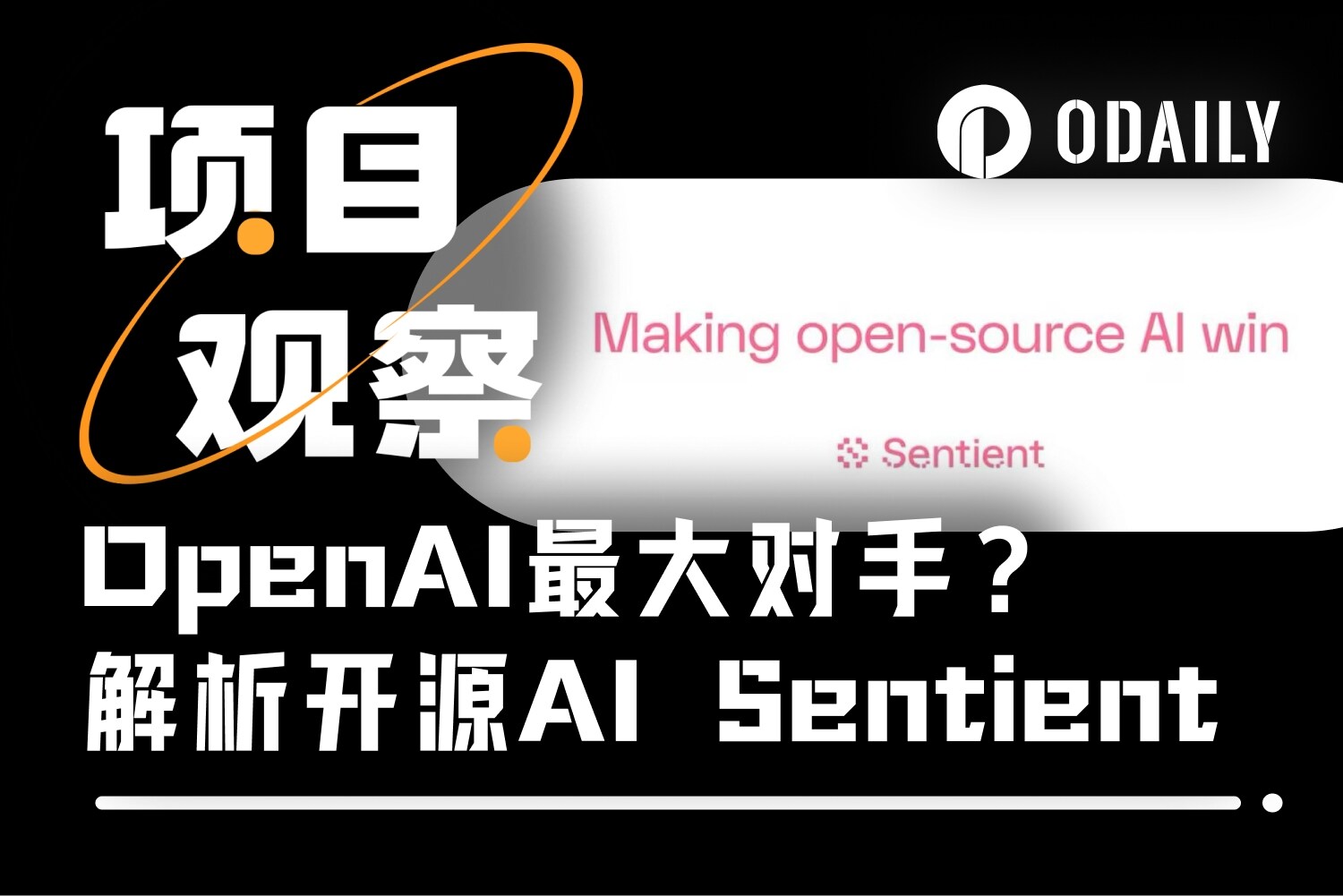Inventory of Polygon Summer Hackathon's 9 Segmented Champion Projects
September 14,Summer Hackathon hosted by PolygonThe curtain fell. The hackathon has more than $500,000 in prize money, and developers from 118 countries submitted more than 650 projects, which is 3.6 times that of last year.
secondary title
Cratch: Decentralized Social Media
Cratchofficial websiteofficial website, connect the wallet and watch the video.
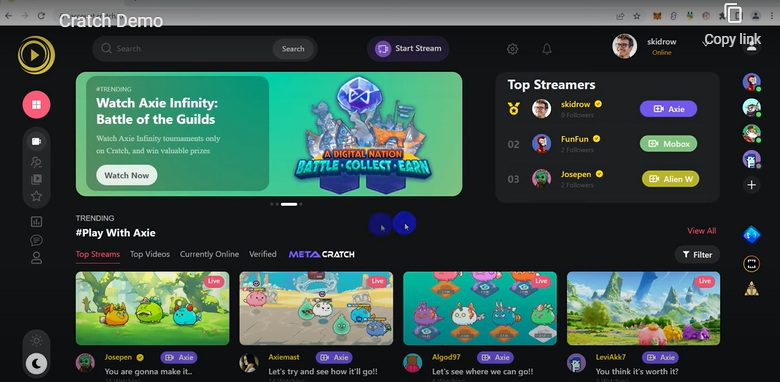
Cratch has four important components, namely:
A social media platform that supports online video sharing and live streaming
Metaverse for content creation and real-time interaction with the community (similar to CryptoVoxels on Ethereum)
Mobile Apps for Watching Content
NFTs for game assets and videos
The entire construction process of Cratch is based on decentralization. The team claims to use Node, Express and MongoDB to build the backend; use Web3.storage and pinata to store data; use React and Chakra UI as the UI library to build the frontend.
secondary title
DeFi for People: DeFi Learning Platform
DeFi for PeopleIt is the first place on the DeFi track. It is a DeFi learning platform dedicated to helping the public understand, learn and invest in DeFi.
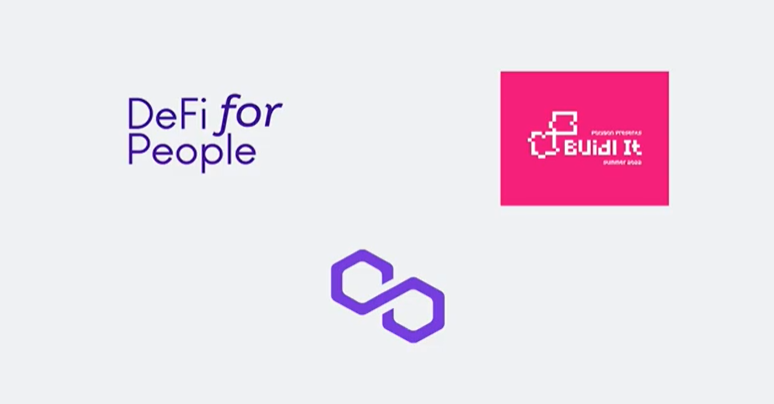
The team stated that the role of DeFi for People includes the following four points:
Ask people a series of questions to explain financial concepts
Explain and evaluate various investment strategies
Execute investment strategies using smart contracts
Help users monitor investment progress
secondary title
Slise: NFT Marketing Analysis Tool
SliseIt is the first place in the NFT track. It is an NFT analysis tool that helps NFT project parties better analyze user data and formulate more effective marketing strategies accordingly.
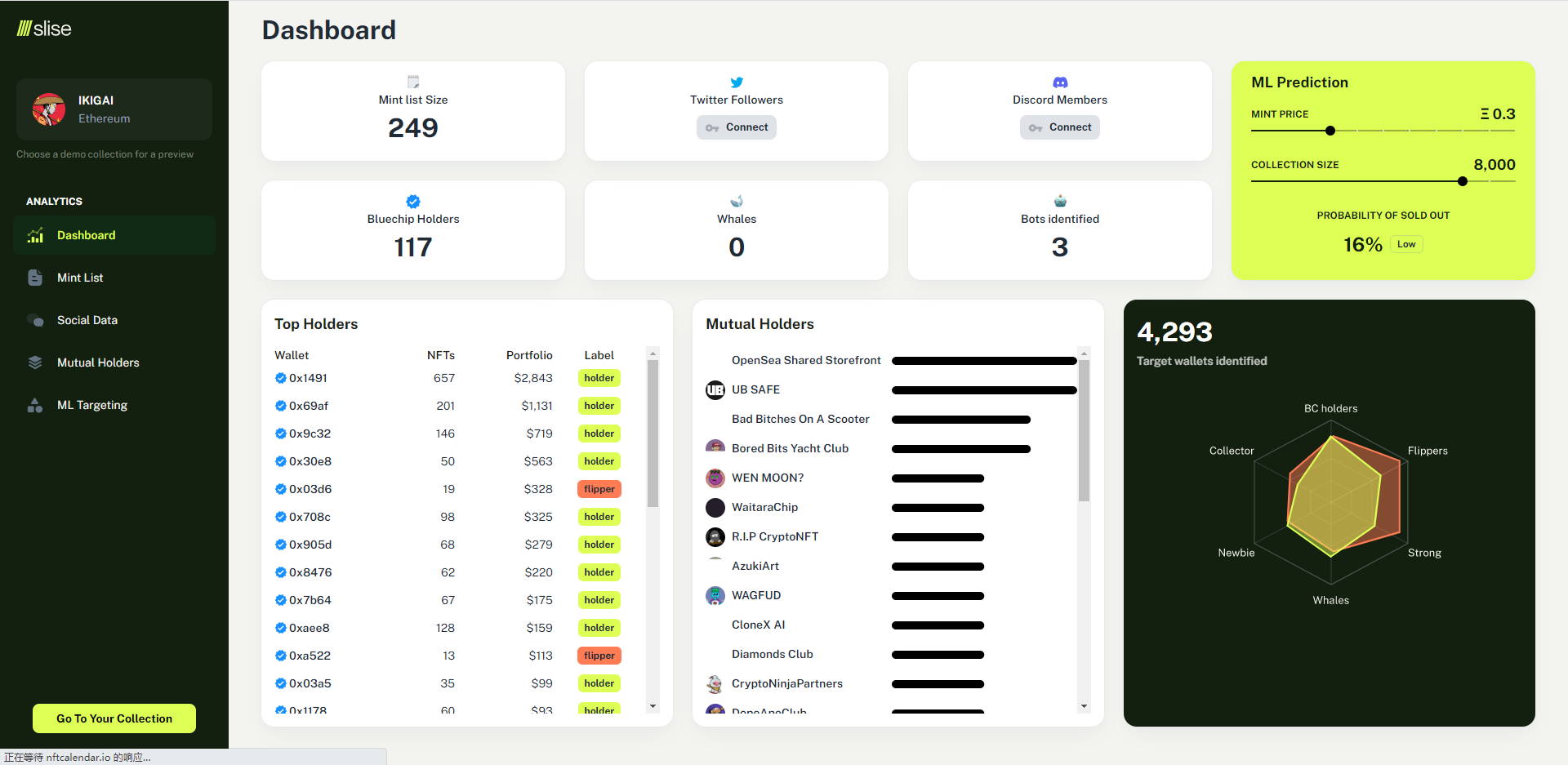
Slise builds tools for NFT project parties to collect and analyze Mint listings, giving them control over their own marketing and growth.
Currently, Slise is focusing on user Mint's previous data, which allows NFT project parties to collect and analyze users' social data and on-chain data to understand their user portraits, active platforms, and perform more precise positioning. Slise uses a proprietary ML algorithm to discover potential users of NFT items.
secondary title
War Alpha Metaverse V2: Space Shooter
War Alpha Metaverse V2No. 1 on the chain game track, it is a space shooting game on Polygon, featuring an upgradeable NFT spaceship and a built-in DSL to help users start their adventures.
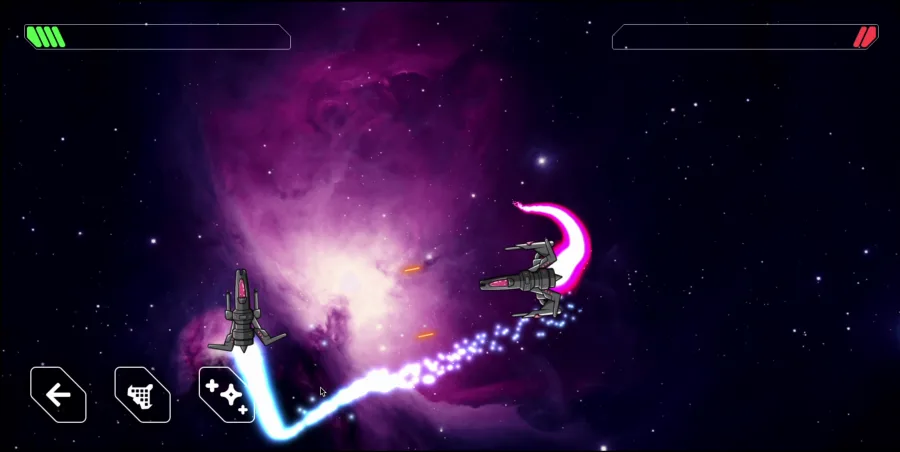
In terms of gameplay, players need to cast NFT spaceships to play the game. After entering the game, you can upgrade your spaceship by fighting enemy ships to harvest their parts. Players can also sell their upgraded NFT ships.
secondary title
Toolblox: No Code Contract Tool
ToolbloxIt is the first place in the tool and infrastructure track. It is a tool that can write smart contracts without code knowledge. People can customize workflows to convert business processes into smart contracts on the chain.
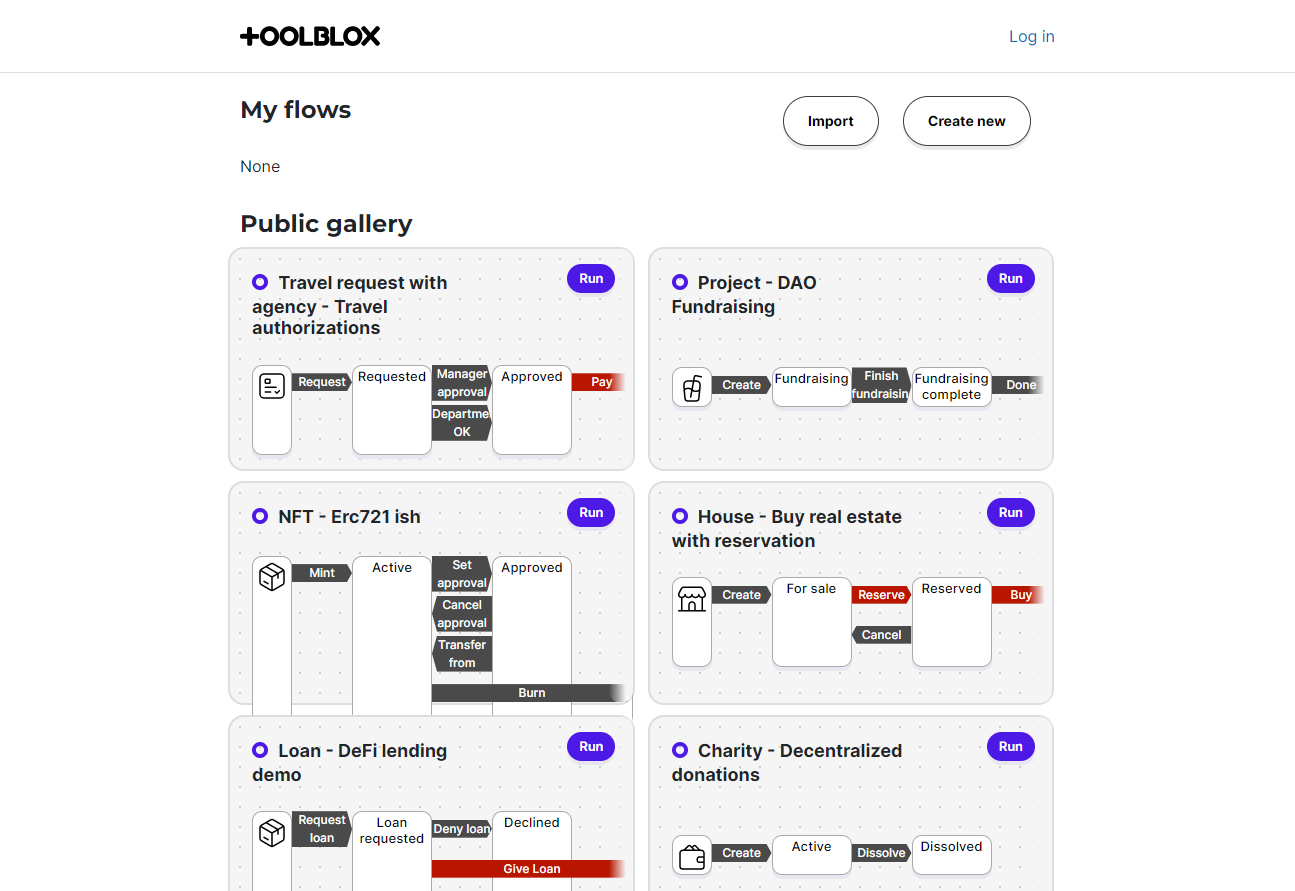
The workflow of Toolblox is as follows:
Provides a no-code workflow builder to define workflows
Create smart contract (e.g. Solidity) code based on that definition
Compile the code into Ethereum Virtual Machine bytecode
Deploy to blockchain
Generate web and mobile UIs (similar to ERC721) for interacting with smart contracts.
secondary title
Pollen Protocol: The contract library of the Lens protocol
Pollen ProtocolIt is the first place in the public goods track. It is similar to OpenZeppelin on Ethereum. Pollen Protocol is OpenZeppelin of Lens Protocol. It is an open source smart contract development tool that provides developers with rich development modules to improve development efficiency and ensure security. .
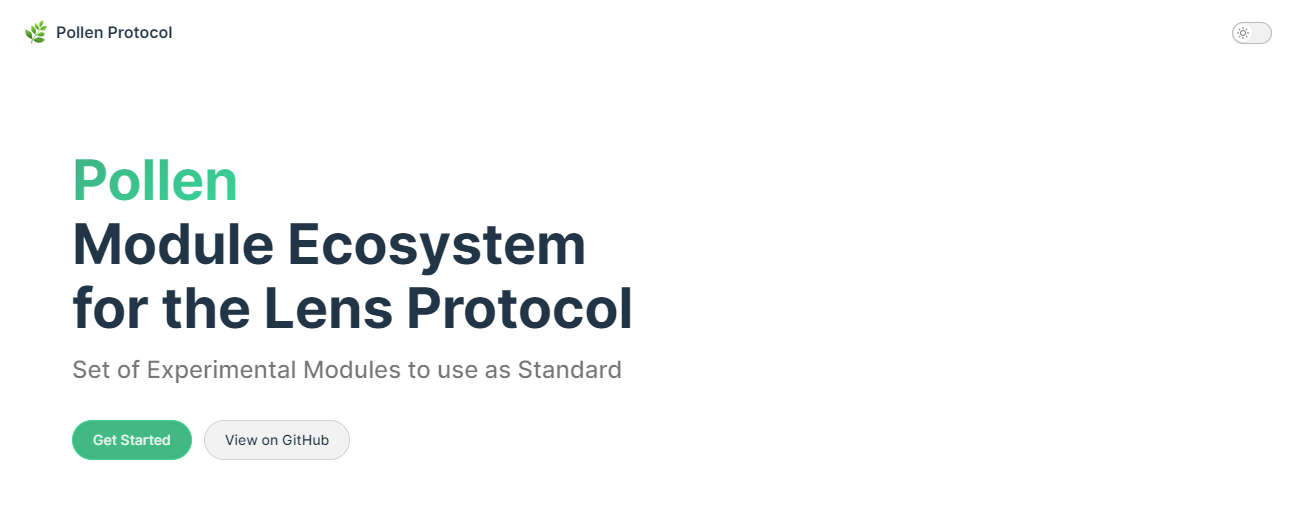
Regarding future planning, the team said three things:
Develop more standard modules
Interact further with Stani (creator of Aave and Lens) and the Lens Protocol team on Discord for proper guidance and feedback
secondary title
Salespage: On-chain POS system
SalespageIt is the first place in the Web2 product Web3 plug-in track. It is a POS system that enables any merchant to create its own e-store on the chain, similar to the e-store (or small program) customized by Meituan for restaurants.
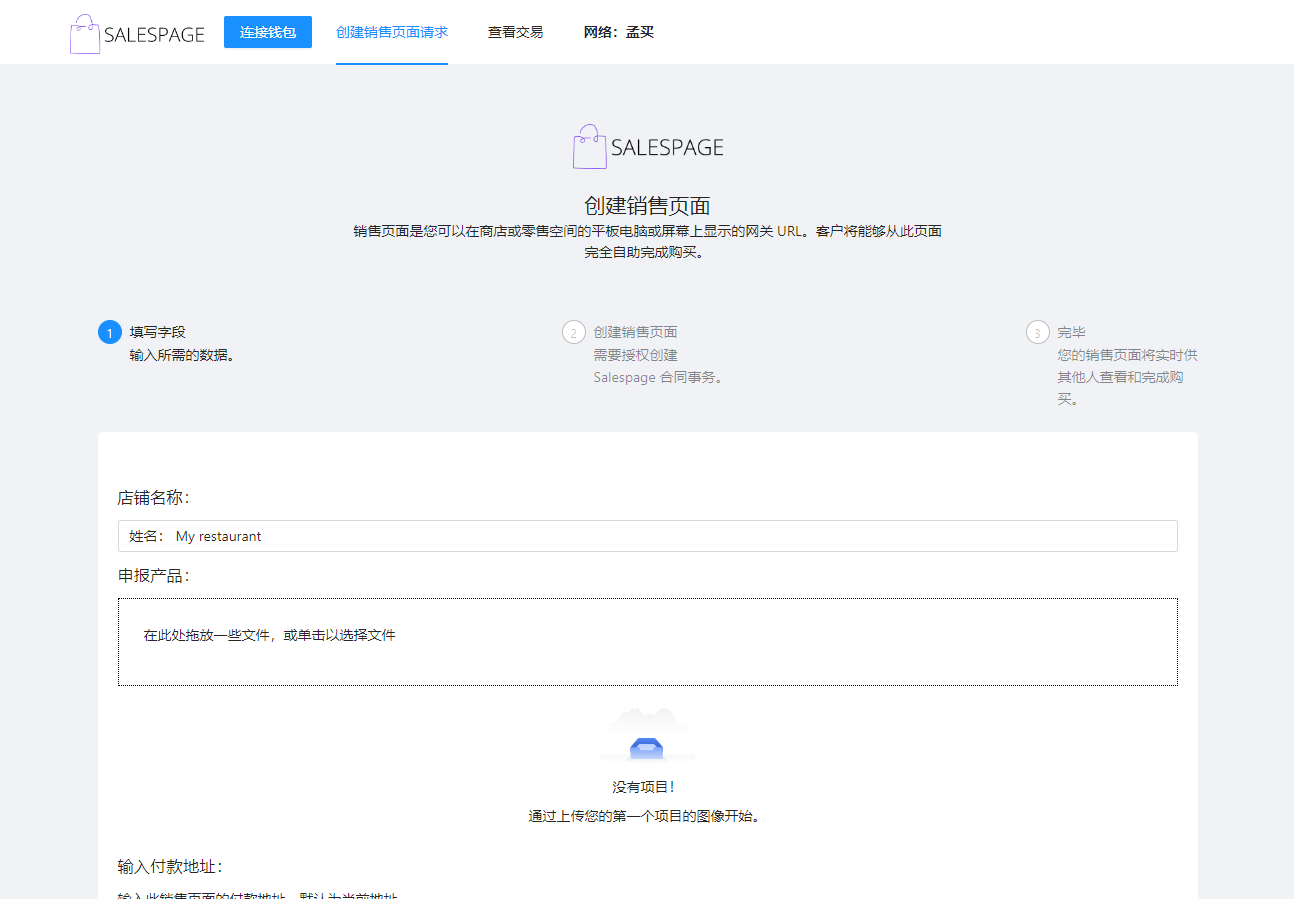
Salespage is completely built on the basis of decentralized technology. Contracts are deployed on Polygon, storage is completed using IPFS/Filecoin, and ceramic user storefront metadata storage and retrieval are used, NFTPort is used to generate receipts, and Covalent is used to summarize and classify customer transaction data.
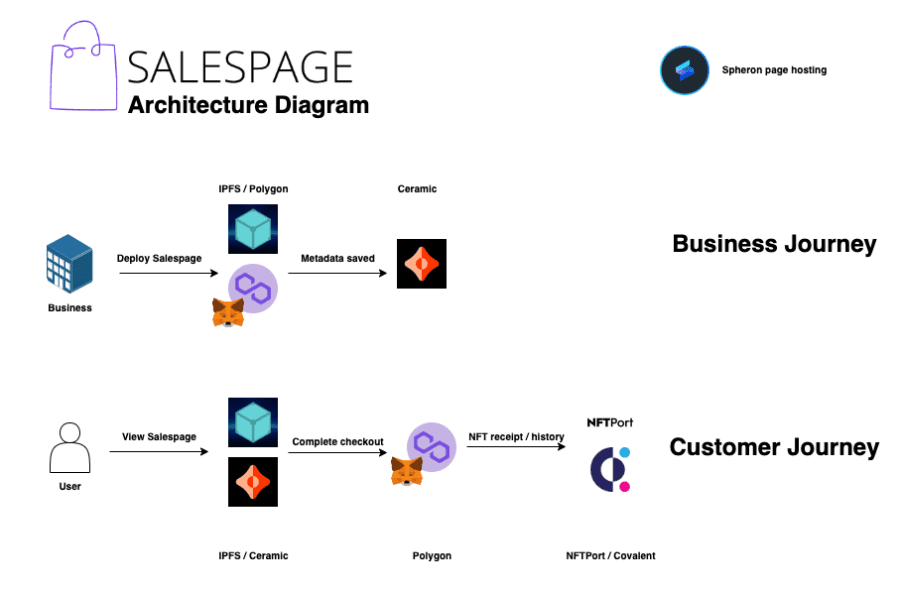
secondary title
Sundaram J (ExWhyZee): Product Interaction Prototyping
Wisp: ZK-based privacy protocol
WispIs number one on the ZK track, a private banking protocol using zk proofs that allows payments to be received without revealing public wallet addresses.

Wisp consists of four functions:
Receive payments without revealing your wallet address
Send payments directly from their Wisp wallet
Download statement of account for official reporting
Automated investing via wallet (under development)
Regarding future plans, Wisp plans to advance four things:
Use Aave or self-built lending agreement to automatically invest funds through smart contracts to obtain APY income
Turn the Wisp app into a fully functional wallet
Allows private NFT transfers
Develop Wisp SDK for private payment integration
Wisp's construction ideas and"Privacy Lightweight Trend: Will EIP-5564 Stealth Address Wallet Replace Tornado?" "As mentioned in , by building an easier-to-use wallet that supports privacy features to replace proprietary privacy tools. In addition, the case of Wisp also reflects the powerful programmability of smart contract wallets.


